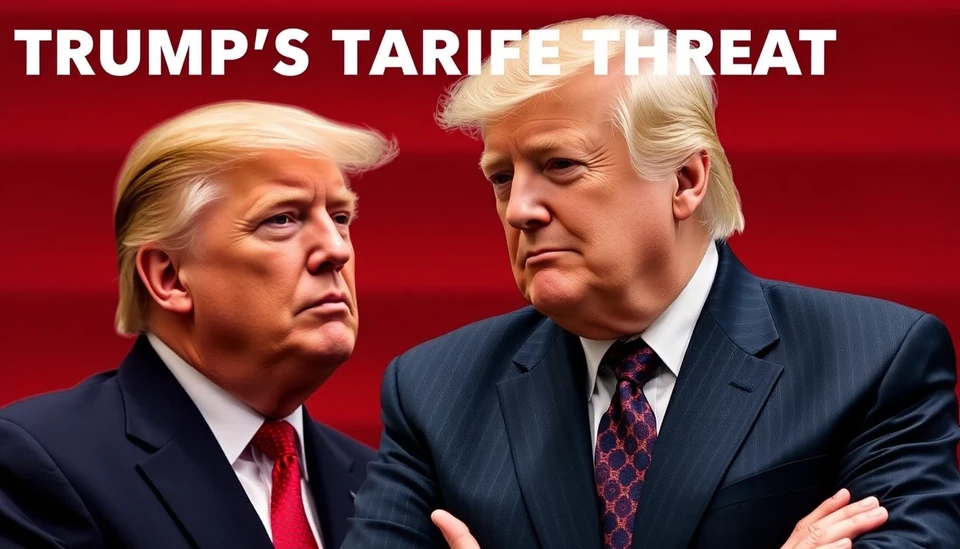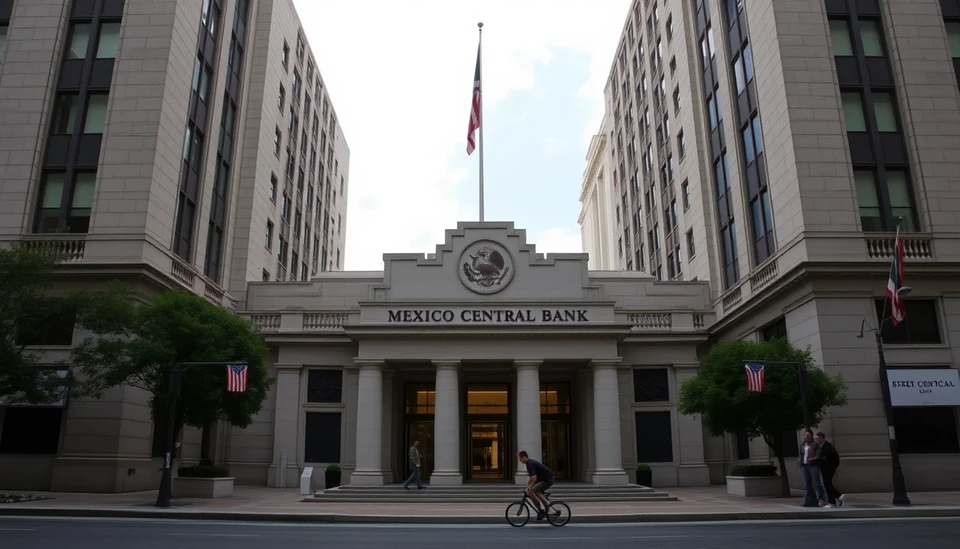
As we approach the end of 2024, experts are expressing growing concerns about Mexico's economic trajectory for 2025, primarily influenced by the potential reinstatement of tariffs by former President Donald Trump. This development signals a significant shift for Mexico, which has enjoyed a period of relative economic stability and growth.
The uncertainties surrounding international trade policies are prompting Mexican economists and government officials to reassess their economic forecasts. With Trump hinting at a return to tariffs on Mexican imports if he wins the 2024 election, analysts warn that this could undermine Mexico's progress, particularly in critical sectors such as manufacturing and agriculture that heavily rely on exports to the United States.
In recent years, Mexico has positioned itself as a key player in the North American supply chain, bolstered by the US-Mexico-Canada Agreement (USMCA). However, the looming threats of tariffs threaten to reverse these gains, with potential repercussions that could extend beyond economic metrics. The political ramifications of reintroducing tariffs could heighten tensions between the two nations, stirring fears of a trade war that would reverberate across the region.
Financial analysts predict that if tariffs are implemented, Mexico could see significant declines in foreign direct investment (FDI). Multinational companies, evaluating their exposure to potential tariffs, might reconsider their operations in Mexico, risking job losses and economic stagnation. The construction and automotive industries, which play vital roles in Mexico's economy, stand at the forefront of these concerns.
Furthermore, the inflationary pressure stemming from tariffs would likely impact Mexican consumers. Increased import costs could lead to higher prices for goods, further straining family budgets. Analysts indicate that this could lead to diminished consumer spending, ultimately stalling economic growth and pushing Mexico toward a recession.
Interest rates and currency stability could also take a hit. If the threat of tariffs becomes a reality, the Mexican peso would likely face depreciation, leading to increased inflation and costlier imports. While the Bank of Mexico would strive to keep inflation in check, the confluence of rising tariffs and escalating prices could challenge its monetary policy and create economic turbulence.
In response to these precarious circumstances, Mexican officials have been urged to develop contingency plans to mitigate the potential fallout from tariff reintroductions. By diversifying trade partnerships and enhancing domestic production capabilities, Mexico could reduce its vulnerability to external shocks. Furthermore, policymakers are considering incentives to attract investment in sectors less reliant on U.S. trade.
The 2025 economic landscape for Mexico remains uncertain, with analysts remaining cautiously optimistic that diplomatic efforts could stave off the potential fallout from a tariff battle. Nonetheless, as the election cycle heats up and trade discussions continue, the Mexican economy will be under close scrutiny in the months to come.
As the world watches, Mexico stands at a crossroads, with the decisions made over the next year likely to shape the nation’s economic narrative for years to come.
#MexicoEconomy #TrumpTariffs #USMCA #TradeWar #FDI #EconomicOutlook #Inflation #Peso #MexicoPolitics #2025Forecast
Author: Laura Mitchell




